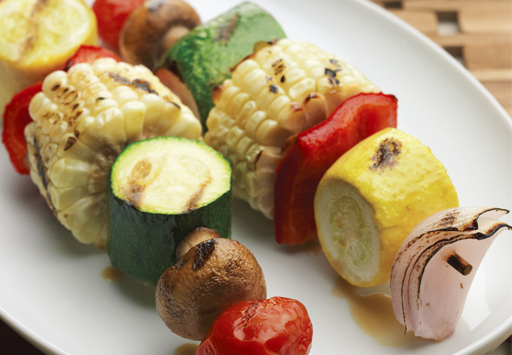It's easy and highly tempting for most omnivores to believe that the meat they eat is ethical, that these “food animals” have lived full, happy lives and that they have experienced little to no pain or fear at the slaughterhouse. Yet sadly, the truth is that all living creatures (including those labeled “free range” or “organic”) fear death, just as we do. No matter how these creatures are treated when alive, they all experience the same fear when it comes to slaughter.
This realization leads to ethical considerations which become a powerful long-term motivator for plant-based (vegan) diets. But the welfare of animals is not all there is regarding ethical eating and lifestyle. In addition to animal cruelty we’ll take a brief look at environmental and human rights issues in this article…
- Animal Cruelty: To meet the modern demands for most meat and dairy products, intensive commercial farming methods have nearly taken over the industry. It’s quite obvious that meat production involves the slaughter of animals, which is reason enough for some people to give it up altogether. But in addition to this, these intensive farming methods also often result in appalling animal cruelty before and up to the moment the animals are killed. Cows, pigs, fowl and other animals that are raised for food are generally being kept in crowded and filthy conditions with injuries left untreated and with no access to sunlight or the outdoors. Opposition to the killing of animals is a common reason cited by vegetarians and vegans, but it’s often overlooked by vegetarians that dairy production also involves slaughter. Milk cows are forced into a vicious cycle of continuous pregnancy so that they will produce milk for human consumption. Their female calves are either slaughtered immediately or used to replace their mothers in the dairy herd, while many of the male calves end up in veal crates; a horrible fate characterized by confinement, darkness, malnutrition, and slaughter.
- The Environment: Another big reason people for people transitioning to a plant-based diet is to protect the environment. Vast deforestation is taking place in South and Latin America to make room for cattle grazing plus soy and grain cultivation. 97% of the crops are being grown to feed animals for meat or dairy production. Another environmental concern is the methane discharged from farm animals which contributes 18% of all global greenhouse gas emissions.
- Human Rights: Meat and dairy production also impacts on human rights; while people in impoverished countries are starving, over one third of the world's total grain production is being fed to farmed animals in rich, industrial countries. Because of the commercial demand for animal feed, an average Western meat-based diet uses 4 ½ times more land than would be required for a vegan diet and 2 ¼ times more than for a simple vegetarian diet.
Once you embrace the ethics of veganism, there is really no alternative way of living and eating. This seems to be especially true for those who embrace an animal rights ethic. If you agree that animals are not here for human use, veganism is really your only dietary and lifestyle option.
Adapting a plant-based (vegan) diet is easier than ever before because veganism is becoming increasingly more main-stream. More and more people from all walks of life are discovering the many benefits of eating and living this way.
So perhaps it’s time to ask ourselves, if it is now possible to live a life that involves delicious food and drink, delivers better health, leaves a smaller carbon footprint and avoids killing or harming of other creatures, then why don't we?
Stay tuned…Coming soon…The next series of articles will cover the spiritual/mental/emotional aspects of a vegan diet and lifestyle.
Rae Indigo is ERYT 500

